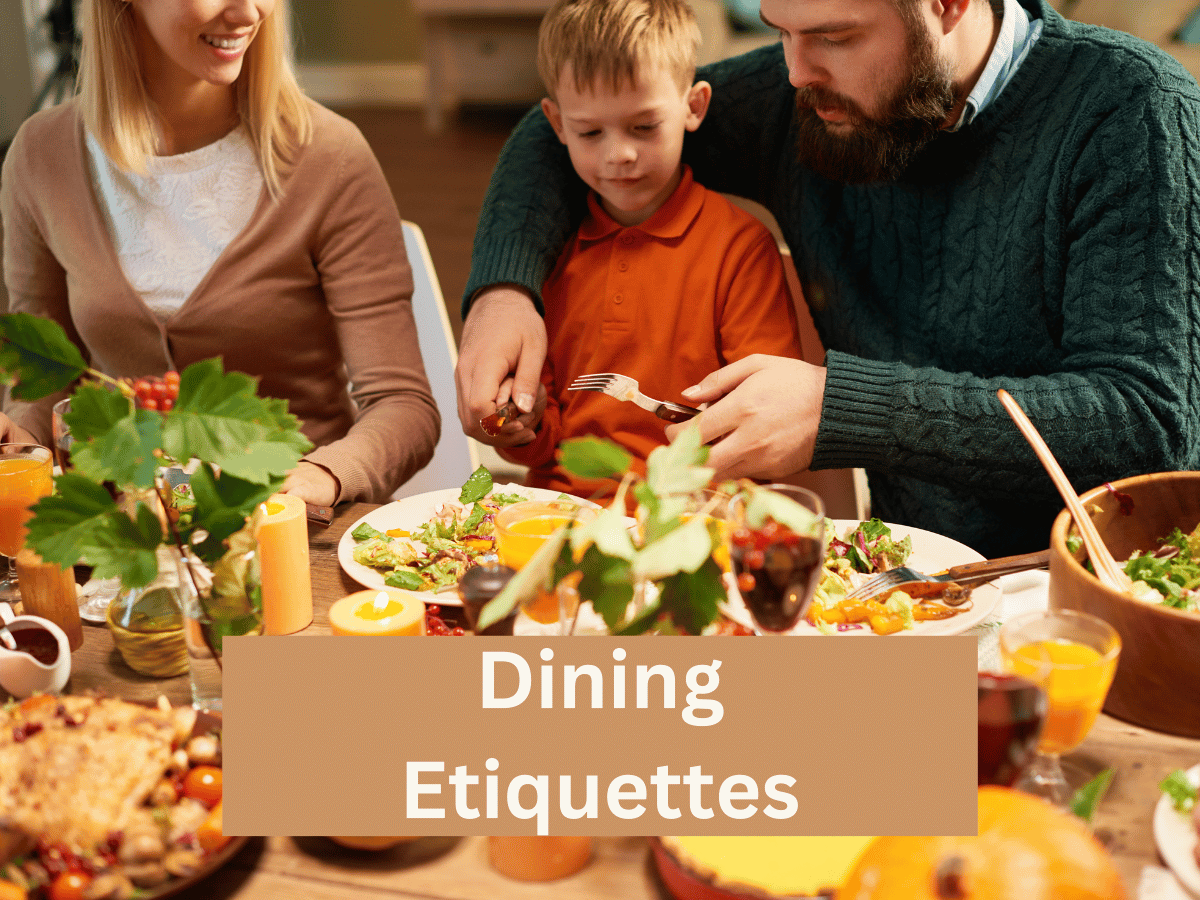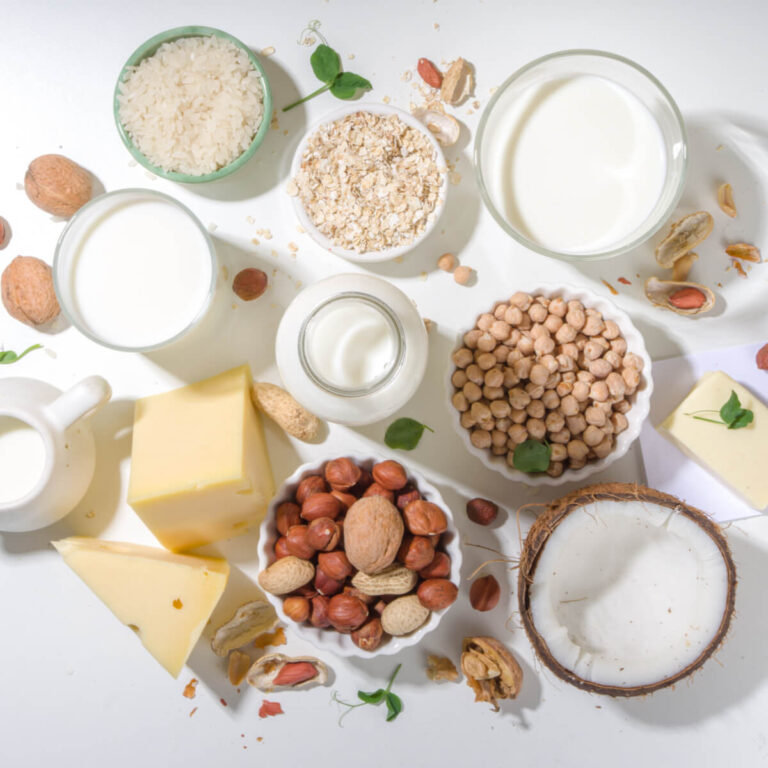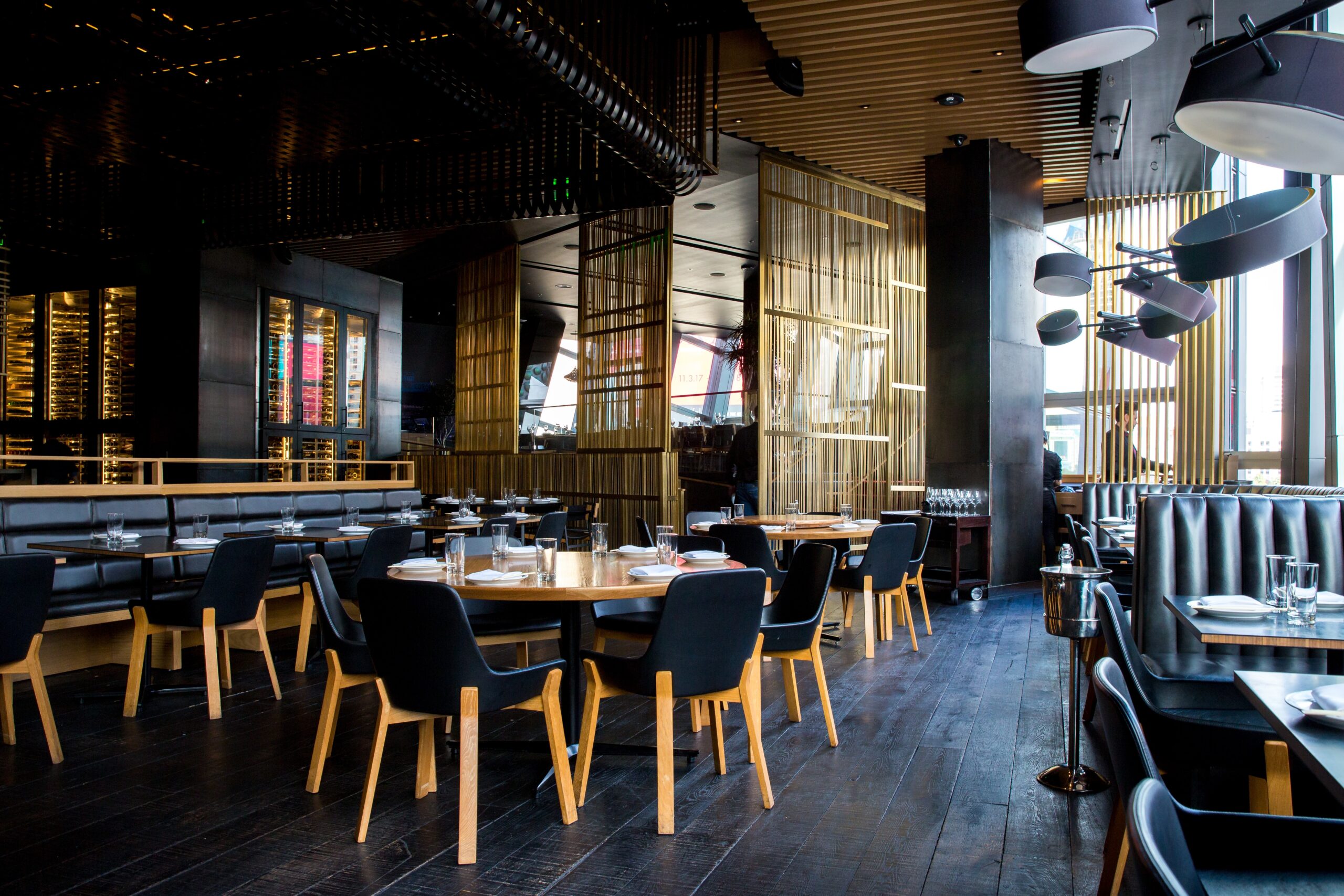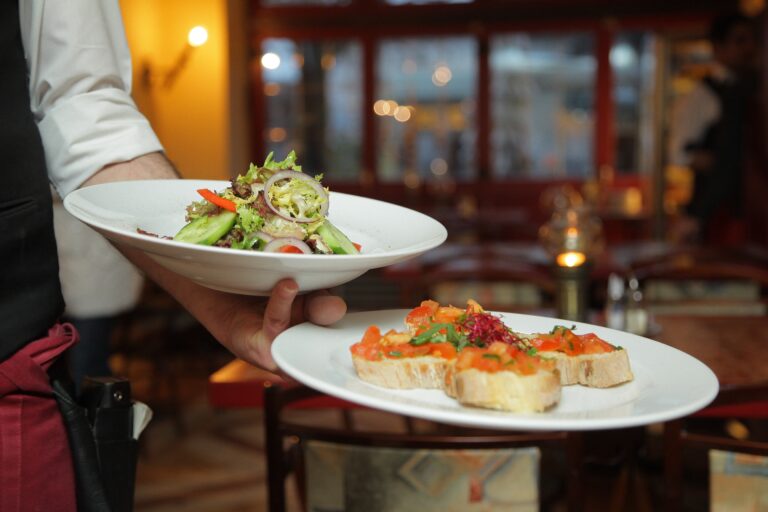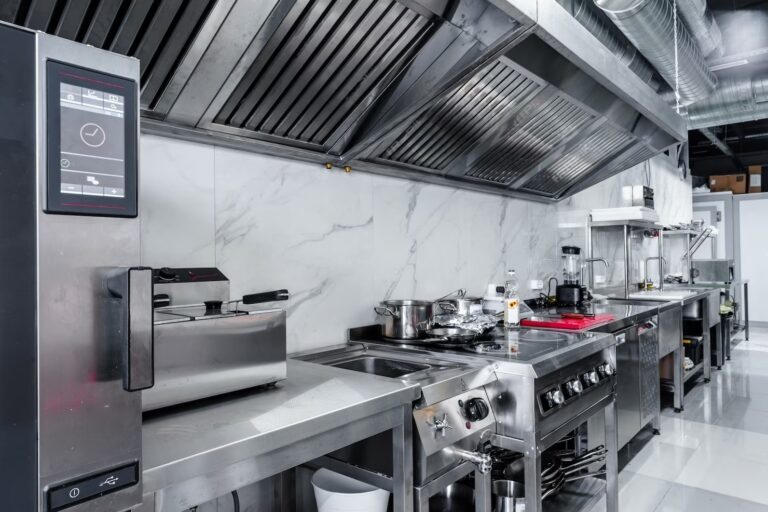Restaurant Dining Etiquettes
Introduction
Understanding the nuances of dining etiquette can enhance your overall experience. Dining out can be a delightful experience, but it’s essential to master restaurant etiquette to make the most of it. Whether you’re a seasoned restaurant-goer or a newbie, In this guide, we’ll explore the key aspects of mastering restaurant etiquette, from making reservations to tipping generously.
1. Making Reservations
Making reservations is an important step in restaurant etiquette. It’s a way to ensure a smooth and enjoyable dining experience. Calling ahead or using online booking systems helps the restaurant plan for your arrival. It also guarantees you a table, especially during busy hours. By making reservations, you demonstrate consideration for both the establishment and your fellow diners.
2. Dressing Appropriately
Dressing appropriately is a sign of respect for the restaurant and other diners. While the dress code may vary from place to place, it’s always a good idea to err on the side of slightly more formal attire. This shows your appreciation for the dining experience and the effort the restaurant puts into creating a pleasant atmosphere.
3. Arriving on Time
Punctuality is a fundamental aspect of restaurant etiquette. Arriving on time, or even a few minutes early, is a courtesy that helps the restaurant maintain its schedule. It shows respect for your reservation and the time of other diners. If you expect to be late, it’s considerate to inform the restaurant in advance.
4. Navigating the Menu
Once you receive the menu, take your time to explore the offerings. However, try not to keep the menu for too long, as it may delay service for others. If you have dietary restrictions or allergies, don’t hesitate to ask for assistance or recommendations from the server. This ensures you make an informed choice and helps the kitchen accommodate your needs.
5. Ordering
When placing your order, politeness and clarity are key. Use phrases like “May I please have…” when addressing the server. Avoid talking on the phone or with your mouth full while ordering, as this disrupts the flow of service and is considered impolite.
6. Table Manners and Dining Etiquettes
Basic table manners are essential in restaurant etiquette. Keep your elbows off the table, use utensils correctly, and chew with your mouth closed. Napkin etiquette is also crucial – place it on your lap, and use it to wipe your mouth when needed. These practices contribute to a more pleasant dining atmosphere.
7. Handling Cutlery
Understanding the proper use of cutlery is important. Start with the outermost utensils and work your way inward as the courses arrive. Using the correct utensil for each course shows your familiarity with dining etiquette and enhances your overall experience.
8. Dealing with Difficult Situations in Dining Etiquettes
If you encounter an issue with your meal or service, it’s essential to address it politely with the staff. Avoid causing a scene or being overly critical. A calm and respectful approach usually leads to a swift and satisfactory resolution, preserving the harmony of your dining experience.
9. Tipping Generously
Tipping is a method of expressing gratitude for excellent service. The standard tip is around 15-20% of the bill, but you can adjust this based on the quality of service received. Tipping generously is a gesture of gratitude that encourages excellent service and contributes to a positive dining environment.
FAQs for Restaurant Dining Etiquettes
- Is it okay to send food back if it’s not to my liking?
- Yes, it’s acceptable to send food back politely if it doesn’t meet your expectations. However, do so with courtesy, and the restaurant staff will usually accommodate your request.
- What’s the best way to get the waiter’s attention?
- A subtle wave or making eye contact with your server is usually the best way to get their attention without being disruptive.
- How do I use the bread and butter plate?
- Place a small amount of butter on your bread plate and use your knife to spread it on a piece of bread. Avoid buttering the whole thing at once.
- Is it appropriate to use my phone at the table?
- While it’s generally best to keep phone usage to a minimum, if you need to take a call, step away from the table to avoid disturbing other diners.
- Can I share dishes with my dining companions?
- Sharing dishes is perfectly fine, but it’s considerate to ask for extra plates and share portions neatly.
- What’s the best way to handle food allergies or dietary restrictions?
- Notify your server of any allergies or dietary restrictions when ordering. Most restaurants are accommodating and will make necessary adjustments.
Conclusion for Dining Etiquettes
Mastering restaurant etiquette is about enhancing your dining experience and showing respect for the restaurant, the staff, and your fellow diners. By following these guidelines and considering the comfort of others, you’ll ensure that every meal out is a memorable and enjoyable experience.
Do you need assistance with proven marketing strategies from our experts? CONTACT ME for a free consultation.
